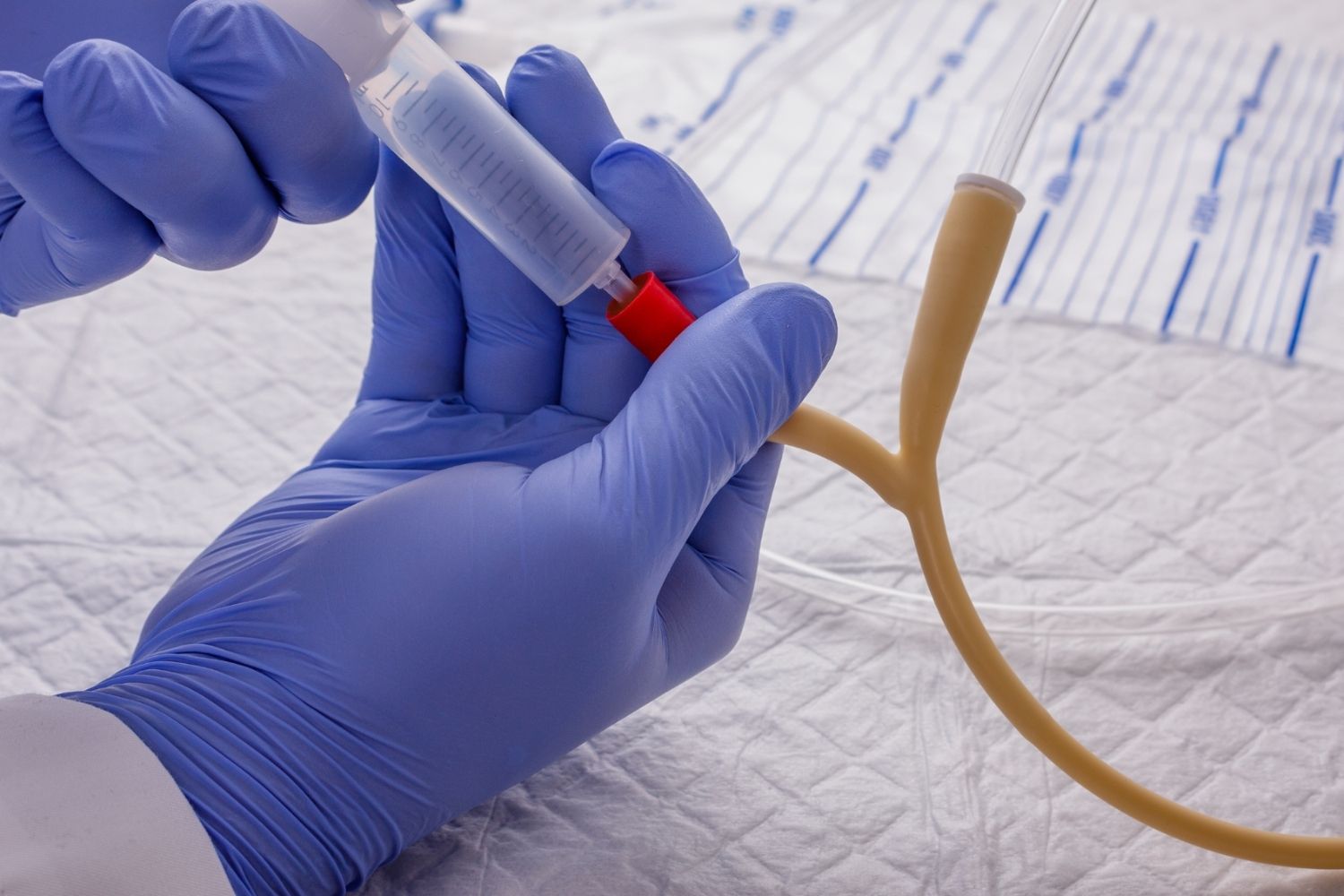
Catheters are medical devices used to drain fluids from or deliver fluids to the body. Did you know that catheters come in various types and sizes, each designed for specific medical needs? From urinary catheters to intravenous ones, these devices play a crucial role in healthcare. But what exactly makes them so important? How do they work and what are the different types available? In this post, we'll explore 25 fascinating facts about catheters that will give you a deeper understanding of their uses, benefits, and potential risks. Whether you're a healthcare professional, a patient, or just curious, you'll find this information both enlightening and useful.
What is a Catheter?
A catheter is a thin, flexible tube used in medical procedures. It helps drain fluids or deliver medications directly into the body. Catheters come in various types and sizes, each designed for specific medical needs.
-
Catheters have been used for centuries. Ancient Greeks and Romans used hollow reeds and metal tubes as early forms of catheters.
-
There are different types of catheters. Common types include urinary, intravenous (IV), and cardiac catheters.
-
Urinary catheters are the most common. These are used to drain urine from the bladder when someone cannot do so naturally.
-
Catheters can be temporary or permanent. Some are used for short-term needs, while others are designed for long-term use.
How Do Catheters Work?
Catheters function by providing a pathway for fluids to enter or exit the body. They are often inserted through the skin or into a body cavity.
-
Insertion methods vary. Some catheters are inserted through a small incision, while others are threaded through a vein or artery.
-
Sterility is crucial. To prevent infections, catheters must be sterile before insertion.
-
Catheters can be self-inserted. Some people learn to insert their own catheters, especially those with chronic conditions.
-
Materials matter. Catheters are made from materials like silicone, latex, and polyurethane, each chosen for specific medical needs.
Uses of Catheters
Catheters serve various medical purposes, from routine procedures to life-saving interventions.
-
Used in surgeries. Catheters are often used during surgeries to administer anesthesia or drain fluids.
-
Help in dialysis. Dialysis catheters are essential for patients with kidney failure, allowing blood to be filtered.
-
Aid in heart procedures. Cardiac catheters help diagnose and treat heart conditions by providing access to the heart and blood vessels.
-
Assist in childbirth. Epidural catheters deliver pain relief to women during labor.
Risks and Complications
While catheters are beneficial, they also come with potential risks and complications.
-
Infections are a concern. Catheter-associated infections can occur if proper hygiene is not maintained.
-
Can cause discomfort. Some people experience pain or discomfort during catheter insertion or use.
-
May lead to blockages. Catheters can become blocked, requiring medical intervention to clear them.
-
Risk of blood clots. Some catheters, especially those used in veins, can increase the risk of blood clots.
Innovations in Catheter Technology
Advancements in technology have led to the development of more efficient and safer catheters.
-
Antimicrobial coatings. Some catheters now have antimicrobial coatings to reduce the risk of infection.
-
Improved materials. New materials are being developed to make catheters more comfortable and less likely to cause reactions.
-
Smart catheters. Emerging technologies include smart catheters that can monitor vital signs and deliver medications.
-
Minimally invasive options. Advances in catheter design have led to less invasive procedures, reducing recovery times.
Interesting Facts About Catheters
Beyond their medical uses, catheters have some fascinating aspects worth noting.
-
Used in space. Astronauts use catheters to manage bodily fluids in zero gravity.
-
Catheters in animals. Veterinarians use catheters for pets and livestock, similar to human medical procedures.
-
Historical significance. The first recorded use of a catheter dates back to 3000 B.C. in ancient Egypt.
-
DIY catheters. During World War II, soldiers sometimes made their own catheters from available materials.
-
Catheter patents. There are thousands of patents for different catheter designs, reflecting ongoing innovation in the field.
Final Thoughts on Catheters
Catheters play a crucial role in modern medicine, offering solutions for various medical conditions. From urinary catheters to central venous catheters, each type serves a specific purpose, ensuring patients receive the care they need. Understanding the different types, uses, and potential risks can help you make informed decisions about your health or the health of a loved one. Always consult with healthcare professionals to determine the best catheter type and care practices for your situation. With advancements in technology, catheters continue to evolve, providing safer and more effective options for patients worldwide. Whether you're dealing with a temporary condition or a chronic issue, knowing the facts about catheters can make a significant difference in your healthcare journey. Stay informed, ask questions, and prioritize your health.
Was this page helpful?
Our commitment to delivering trustworthy and engaging content is at the heart of what we do. Each fact on our site is contributed by real users like you, bringing a wealth of diverse insights and information. To ensure the highest standards of accuracy and reliability, our dedicated editors meticulously review each submission. This process guarantees that the facts we share are not only fascinating but also credible. Trust in our commitment to quality and authenticity as you explore and learn with us.
